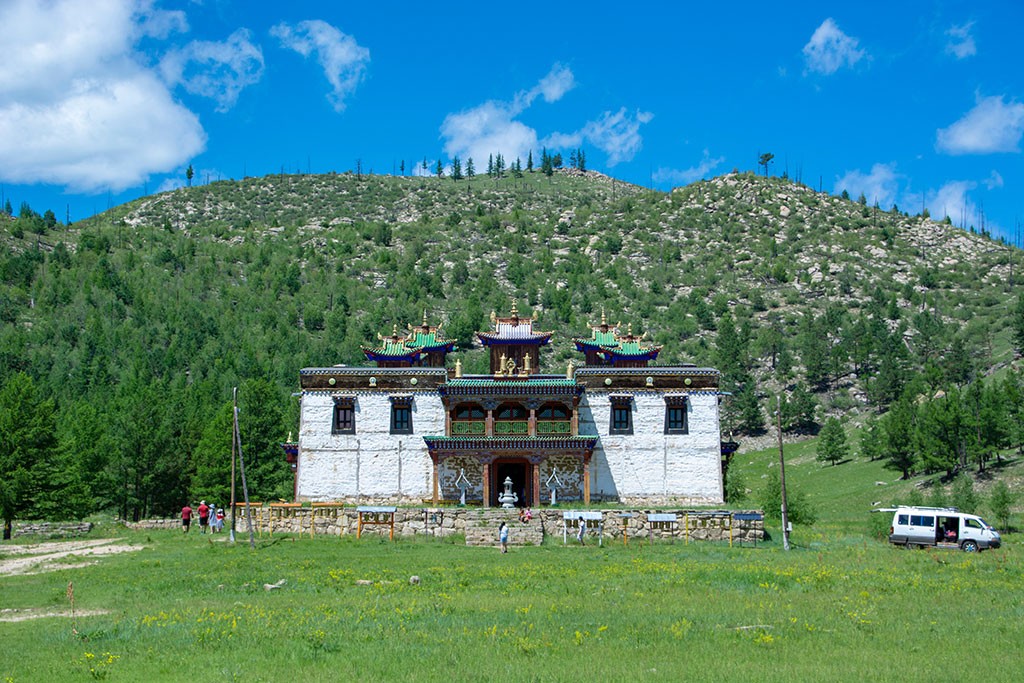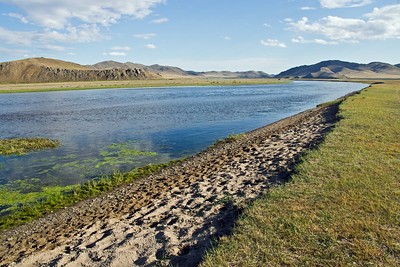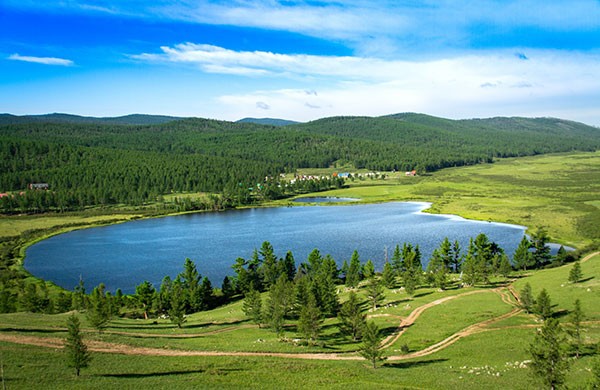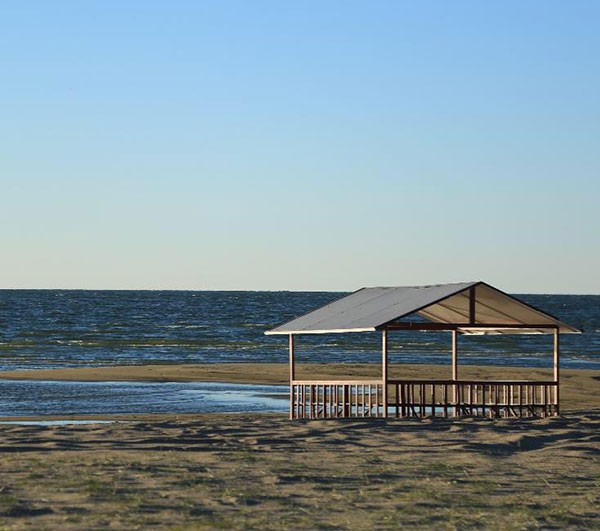
Khalkh Gol is the largest river in Khalkhgol soum, Dornod province, in eastern Mongolia. It is historically significant as the site of the 1939 undeclared battle between Japan-Manchu forces and the Soviet Union-Mongolia near its banks.
Facts
Location
Khalkhgol soum, Dornod province
Migratory birds
The wetlands attract species like swans, geese, ducks, herons, and sandpipers.
Flow
Flows 233 kilometers from the Great Hyangan Mountains to Lake Buir
Name meaning
The Khalkh(Shield) River is named for its west bank, which is taller than the east bank, resembling a natural “shield.”
Highlights
About the Khalkh River
Khalkh Gol runs through the eastern Mongolian steppe, surrounded by vast grasslands and gently rolling hills. Its fertile banks support a variety of wildlife, including fish and migratory birds, and offer a scenic route for nature lovers and photographers.
The river’s water is primarily fed by mountain streams, ensuring a consistent flow that sustains the surrounding ecosystems and connects with important lakes like Buir and Khulun.
The History in Khalkh River
In 1939, the banks of Khalkh Gol witnessed an undeclared war between Japan-Manchu forces and the Soviet Union–Mongolia. The battle shaped the military history of the region and is commemorated today with monuments near the river.
Why You Should Visit This Place

Historical Exploration: Learn about the 1939 battle and the region’s role in East Asian history.
Scenic Beauty: Walk along the “shield” river with dramatic west banks and open steppe views.
Bird Watching: Spot migratory birds along the riverbanks in spring and summer.
Steppe Experience: Immerse in Mongolia’s eastern grassland landscapes and local culture.
Best Time to Visit
Frequently Asked Questions
Yes, local regulations allow fishing, but check seasonal restrictions to protect spawning fish.
Local guides offer historical tours and nature treks along the river.
Khalkh Gol is approximately 1,000 km east of Ulaanbaatar; plan for a multi-day journey or domestic flight to nearby Choybalsan.









